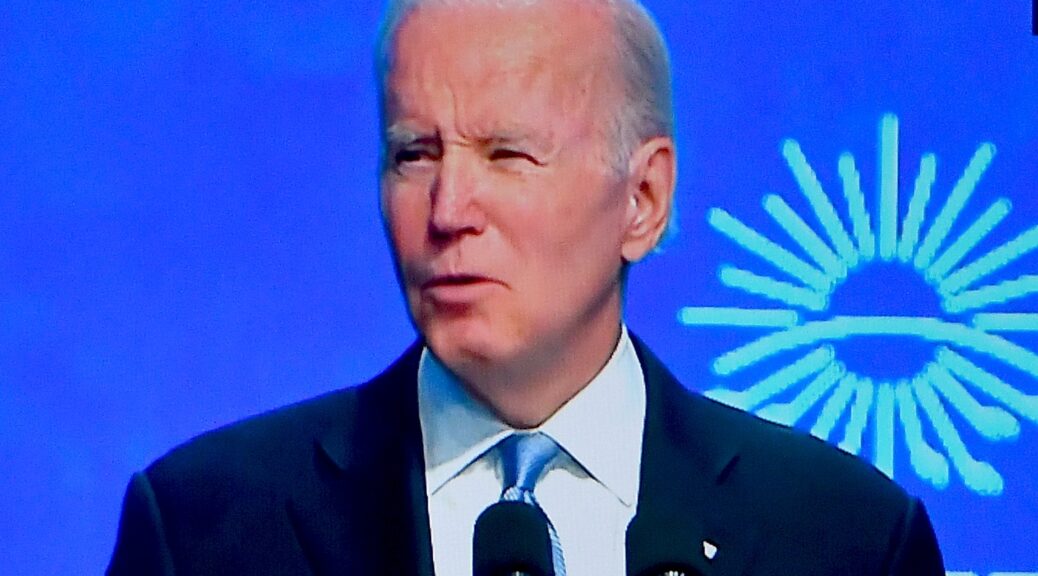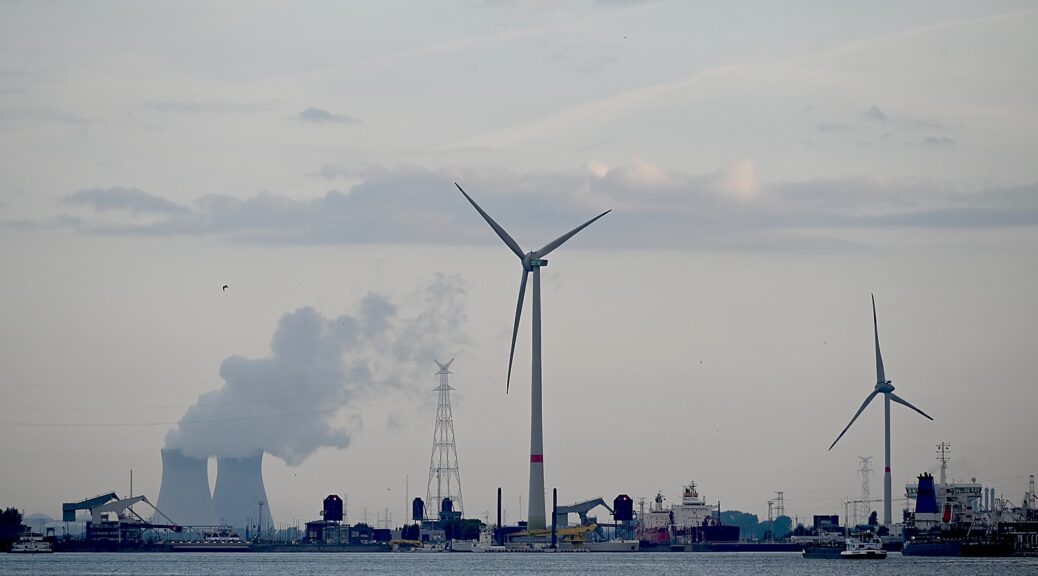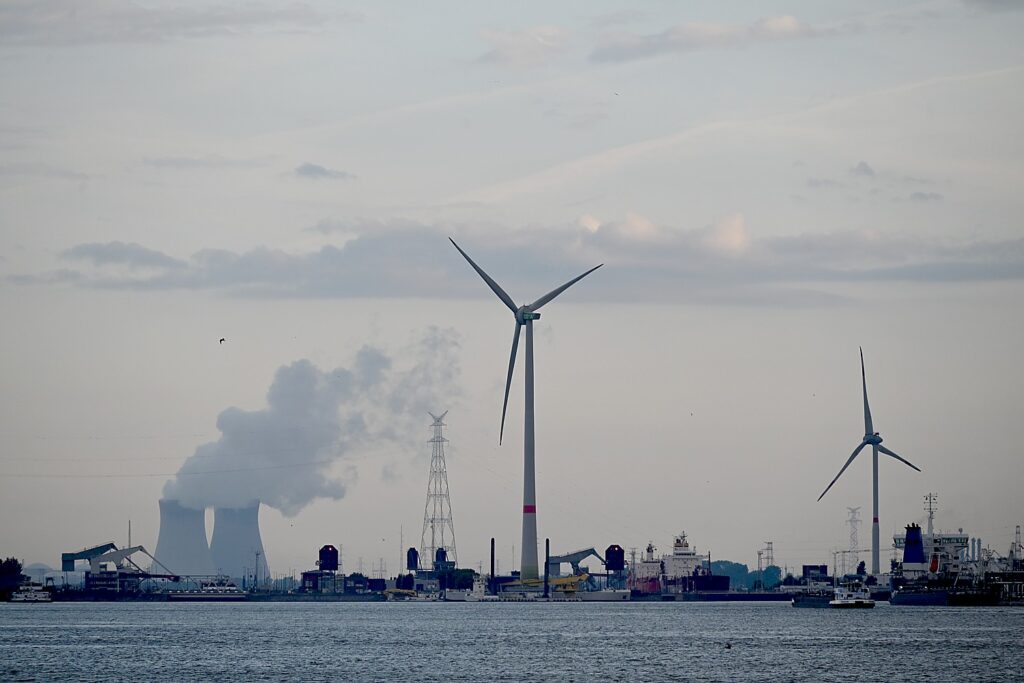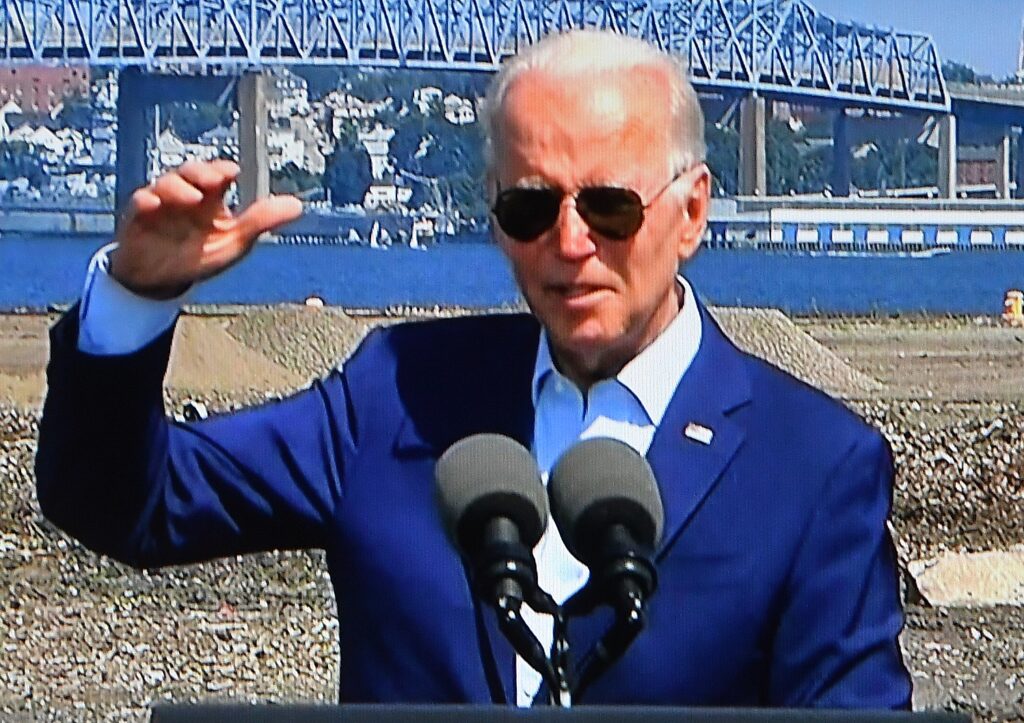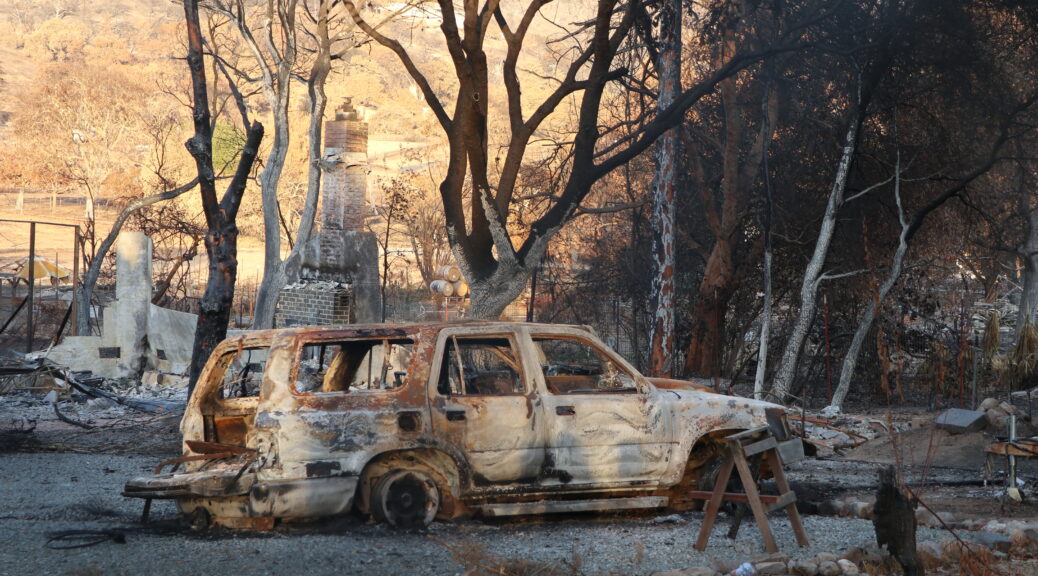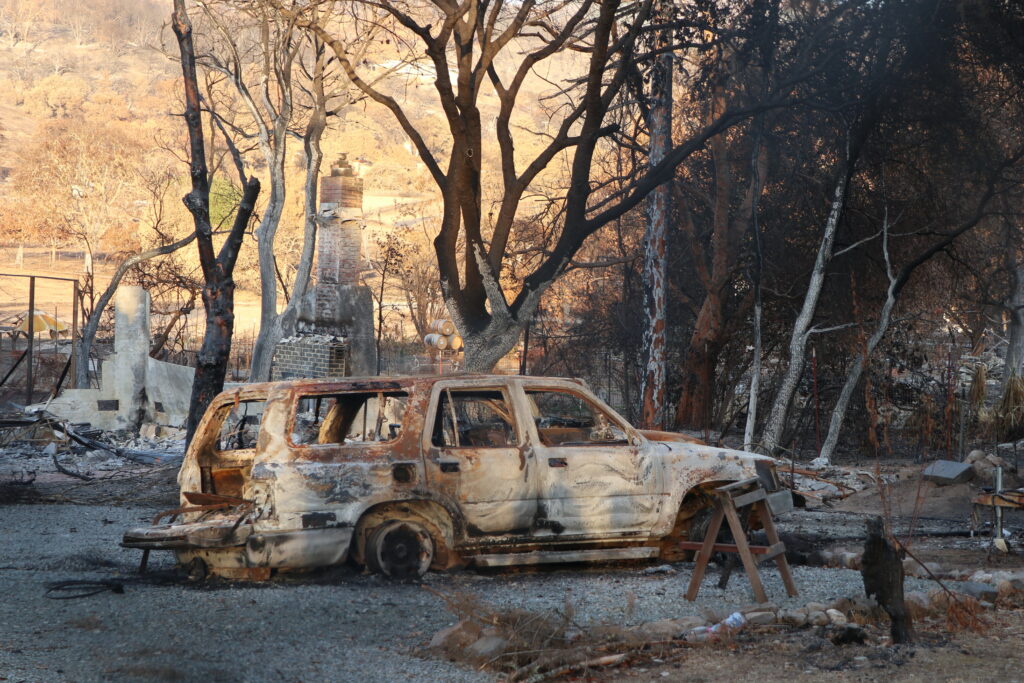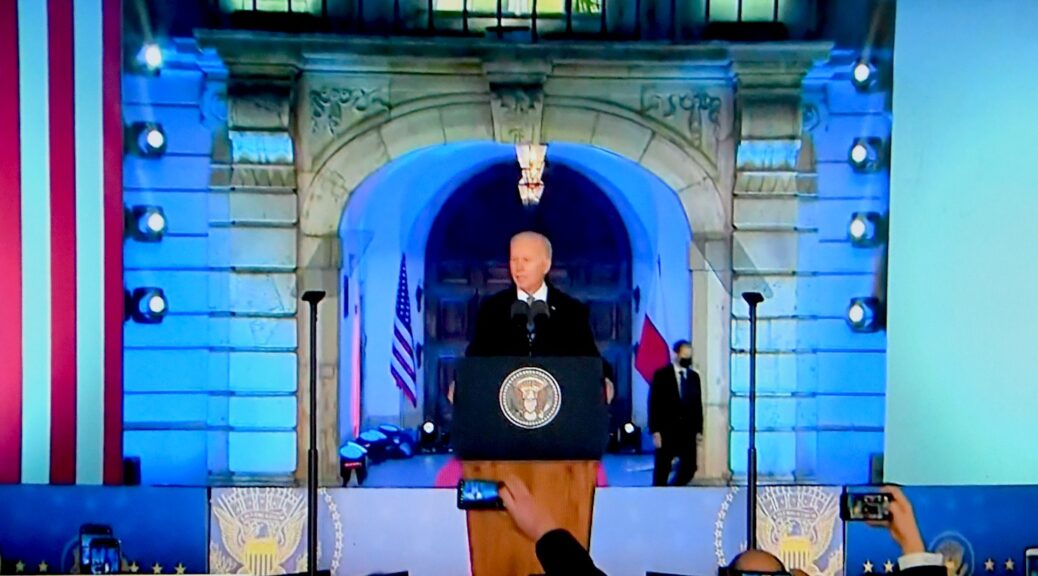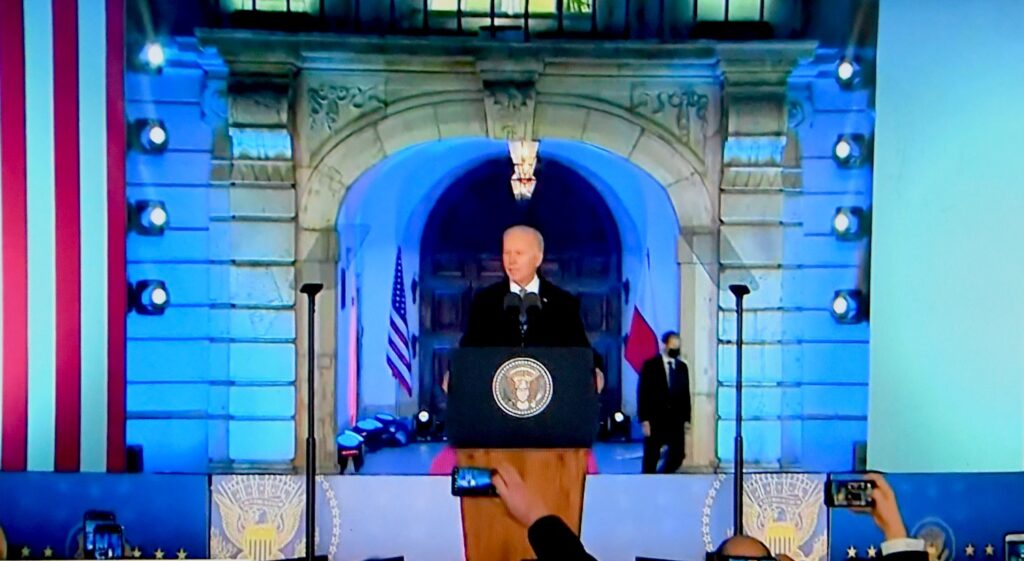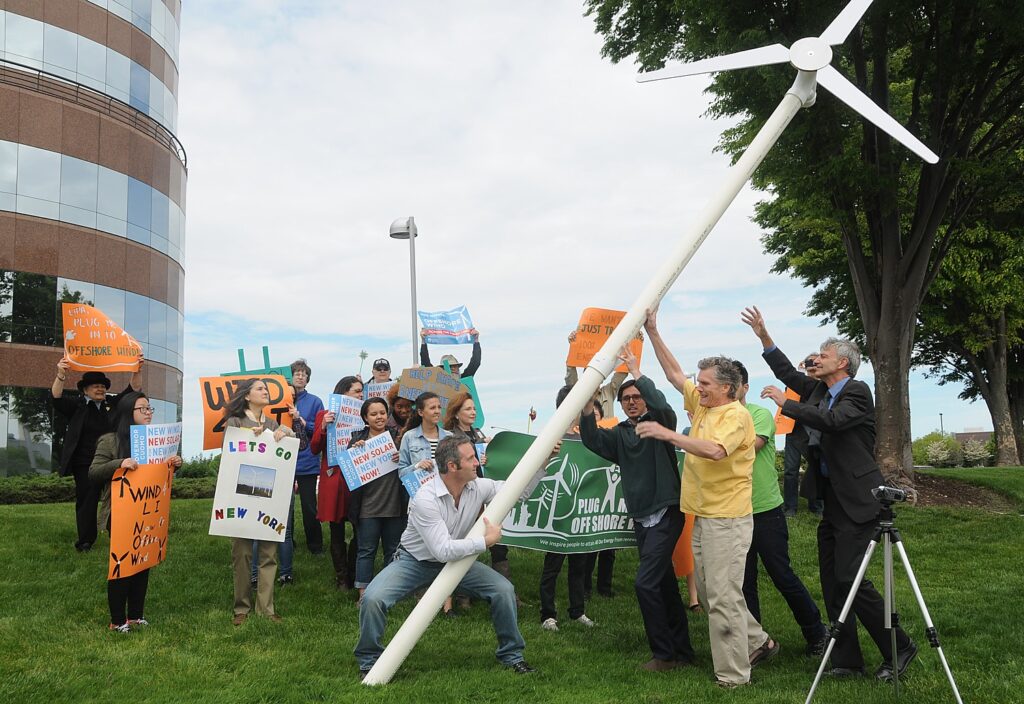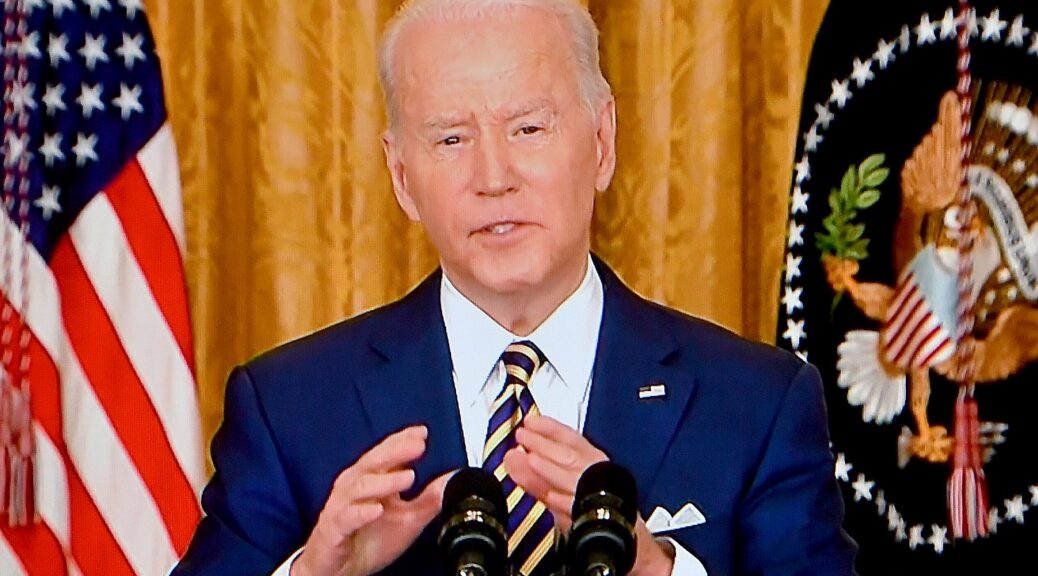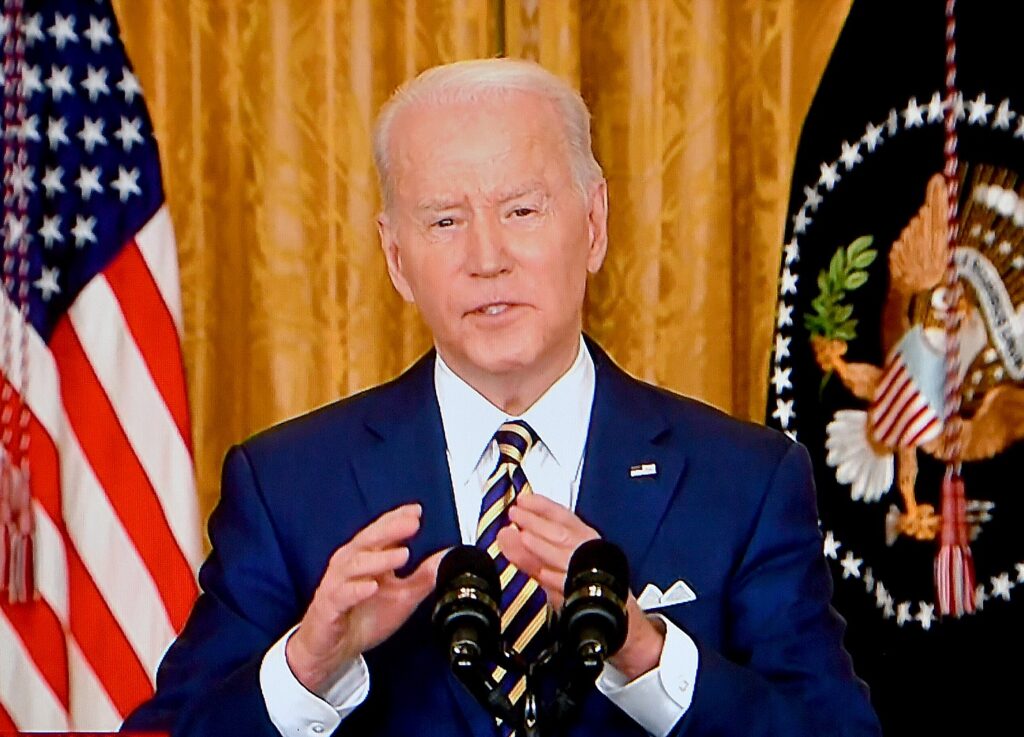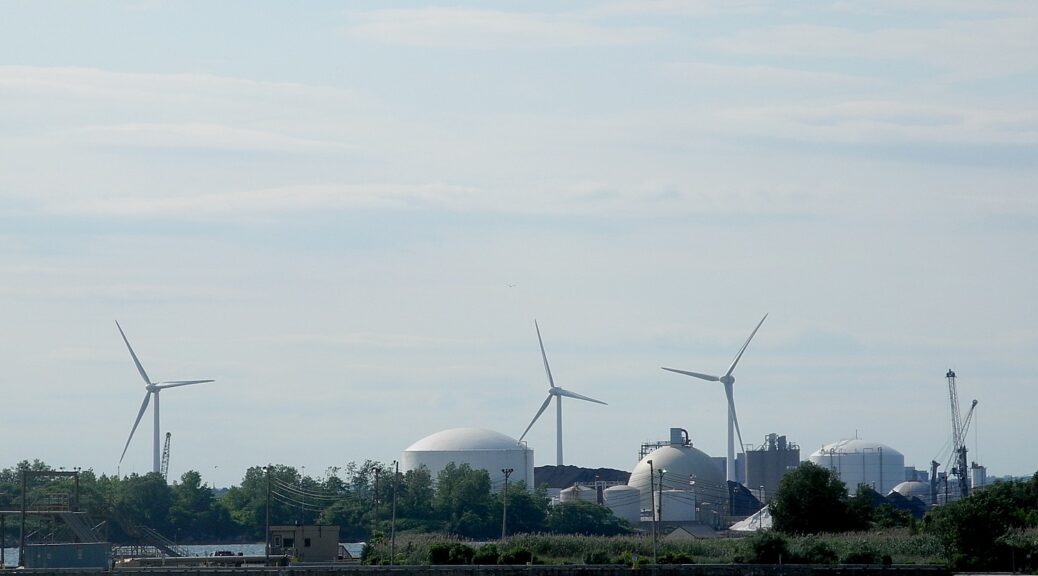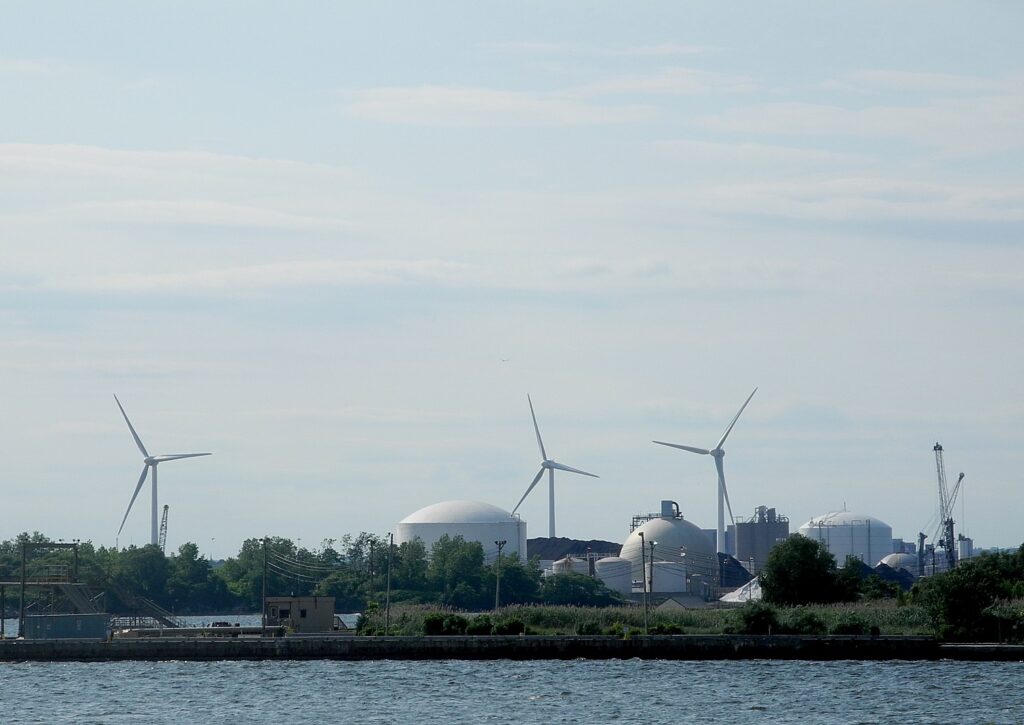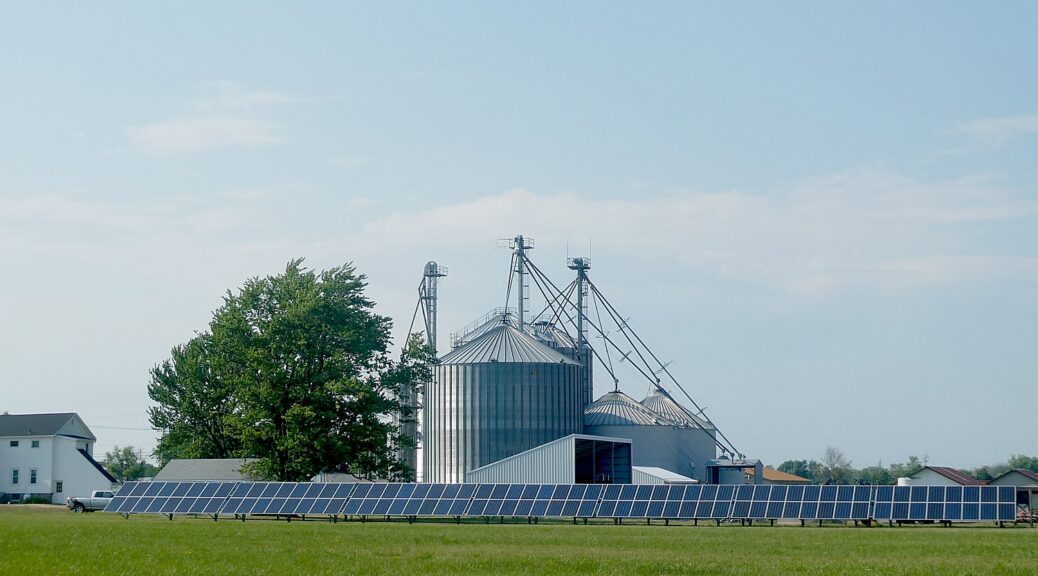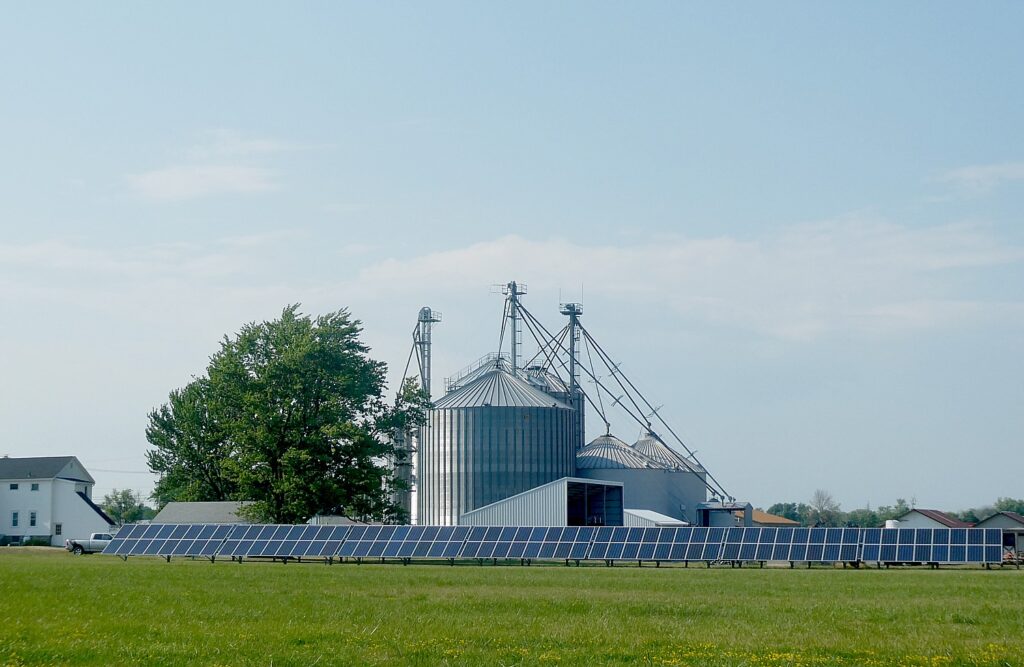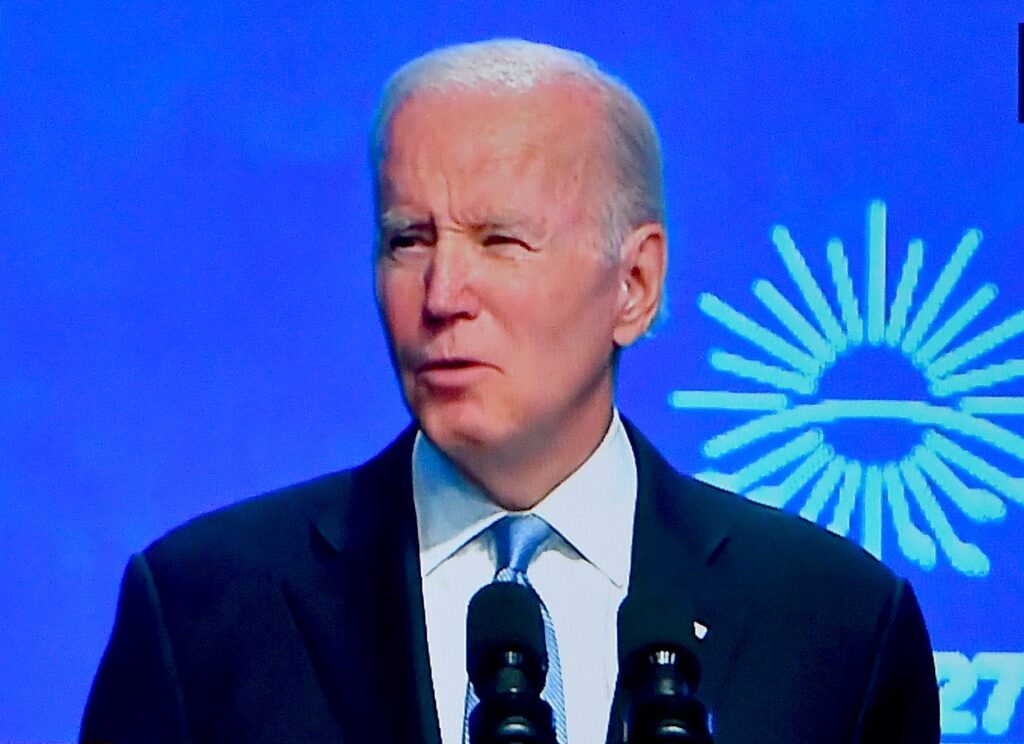
This is a highlighted transcript of President Joe Biden’s remarks to the 27th Conference of the Parties to the U.N. Framework Convention on Climate Change (COP27), held in Sharm el-Sheikh, Egypt, on November 11, 2022:
Here in Egypt, the Great Pyramids and the ancient artifacts stand as testament to millennia of human ingenuity. We see our mission to avert climate catastrophe and seize a new clean energy economy not only as an imperative for our present and future, but through the eyes of history.
According to the World Meteorological Organization, the past eight years have been the warmest on record.
In the United States, we’re seeing historic drought and wildfires in the West, devastating hurricanes and storms in the East.
Here in Africa — home to many nations considered most vulnerable to climate change, food insecurity [and] hunger follows four years of intense drought in the Horn of Africa.
Meanwhile, the Niger River in West Africa, swollen because of more intense rainfall, is wreaking havoc on fishing and farming communities.
In Nigeria, flooding has recently killed 600 people; 1.3 million more are displaced.
Seasonal livestock migration routes have been used for hundreds of years are being altered, increasing the risk of conflict between herders and local farming communities.
The climate crisis is about human security, economic security, environmental security, national security, and the very life of the planet.
So today, I’d like to share with you how the United States is meeting the climate crisis with urgency and with determination to ensure a cleaner, safer, and healthier planet for all of us. (Applause.)
From my first days in office, my administration has led with a bold agenda to address the climate crisis and increase energy security at home and around the world.
We immediately rejoined the Paris Agreement. We convened major climate summits and reestablished — (applause) — I apologize we ever pulled out of the agreement — we established Major Economies Forum to spur countries around the world to raise their climate ambitions.
Last year, at COP26 in Glasgow, the United States helped deliver critical commitments that will get two thirds of the world’s GDP on track to limit warming to 1.5 degrees Celsius. (Applause.)
Over the past two years, the United States has delivered unprecedented progress at home.
Through a generational investment in upgrading our nation’s infrastructure, we’re making our power grid better able to transmit clean energy, expanding public transit and rail, building a nationwide network of electric vehicle charging stations — over 50,000.
And this summer, the United States Congress passed and I signed into law my proposal for the biggest, most important climate bill in the history of our country — the Inflation Reduction Act. (Applause.)
It includes less than I asked for, but a significant amount: $368 billion to support clean electricity, everything from offshore wind to distributed solar, zero-emission vehicles, and sustainable aviation fuels; more efficient electrified buildings; cleaner industrial processes and manufacturing; climate-smart agriculture and forestry; and more.
Look, our Department of Energy estimates that the new law will reduce emissions in the United States by about 1 billion tons in 2030 while unleashing a new era of clean-energy-powered economic growth.
Our investments in technology, from electric batteries to hydrogen, are going to spark a cycle of innovation that will reduce the cost and improve the performance of clean energy technology that will be available to nations worldwide, not just the United States. (Applause.)
It’ll help make the transition to a low-carbon future more affordable for everyone, accelerate decarbonation beyond our borders.
In fact, the International Energy Agency recently concluded that our significant climate investment will, quote, help “turbo-charge the emerging global clean energy economy.”
It’s going to shift the paradigm for the United States and the entire world.
We also ratified the Kigali Amendment to rally the world in phasing down the production and consumption of HFCs, greenhouse gases — (applause) — that are thousands of times more damaging than carbon dioxide.
And just yesterday, the United States became the first government to require that our major federal suppliers disclose their emissions and climate risks and set targets for themselves that are aligned with the Paris Agreement. (Applause.)
As the world’s largest customer, with more than [$630 billion] in spending last year, the United States government is putting our money where our mouth is to strengthen accountability for climate risk and resilience.
These critical steps are already locking in vital investments in our infrastructure — delivering lower cost for clean energy, spurring good-paying union jobs for American workers, and advancing environmental justice in our communities. (Applause.)
Folks, we are proving that good climate policy is good economic policy. (Applause.) It’s a strong foundation for durable, resilient, inclusive economic growth. It’s driving progress in the private sector. It’s driving progress around the world.
And the sum total of the actions my administration is taking puts the United States on track to achieve our Paris Agreement goal of reducing emissions 50 to 52 percent below2005 levels by 2030. (Applause.)
Let me just take a moment to emphasize how meaningful it is that I can say that.
I introduced the first piece of climate legislation in the United States Senate way back in 1986, 36 years ago. My commitment to this issue has been unwavering.
And today, finally, thanks to the actions we’ve taken, I can stand here as President of the United States of America and say with confidence: The United States of America will meet our emissions targets by 2030. (Applause.)
We are racing forward to do our part to avert the “climate hell” that the U.N. Secretary-General so passionately warned about earlier this week. We’re not ignoring the harbingers that are already here.
It’s true so many disasters — the climate crisis is hitting hardest those countries and communities that have the fewest resources to respond and to recover. That’s why, last year, I committed to work with our Congress to quadruple U.S. support to climate finance and provide $11 billion annually by 2024, including $3 billion for[adaptation].
And that’s why the fund — Emergency Plan for Adaptation and Resilience — PREPARE, we call it — to help more than half a billion people in developing countries respond to climate change. We’ve already requested more than $2 billion for the PREPARE this year. I am going to fight to see that this and our other climate objectives are fully funded.
Today, as a down payment, we’re announcing more than $150 million in initiatives that specifically support PREPARE’s adaptation efforts throughout Africa, including Adaptation in Africa effort that Egypt and the United States launched together in June.
This includes support for expanding early warning systems to help cover Africa, broadening access to climate finance, providing disaster-risk protection, strengthening food security, mobilizing the private sector, and supporting a new training center in Egypt to accelerate adaptation across the efforts all across the continent. (applause)
My administration has also made the United States the first-ever contributor to the Adaptation Fund last year, and this year we’re doubling our pledge to bringing our total commitment to $100 million.
We’re making sure that every dollar we deliver goes as far as possible, unlocking larger pools of finance and the trillions in private investment we know that will be needed.
Folks, we’re also supporting the Global Shield, a G7 initiative to better protect vulnerable countries everywhere from climate-related losses and quickly respond to climate-related damages.
And the G7-led Partnership for Global Infrastructure and Investment is working to meet the critical infrastructure needs in low- and middle-income countries with specific focus on climate.
The project we’re facilitating is built on transparency, partnership, the protections for workers and the environment.
One of the many projects already underway is a partnership between American firms and the government of Angola to invest $2 billion building new solar projects in Angola.
And everywhere in the world, climate adaptation in Africa is working toward an energy transition that is just. It means creating good jobs, spurring inclusive economic growth, and leaving no one behind as we implement the Sustainable Development Goals.
Folks, now I know this has been a difficult few years.The interconnected challenges we face can feel all-consuming. And the upheaval we’re seeing around the world, especially Russia’s brutal attack against Ukraine, is exacerbating food shortages and energy spikes in cost, increasing volatility in those energy markets, driving up global inflation.
Against this backdrop, it’s more urgent than ever that we double-down on our climate commitments. Russia’s war only enhances the urgency of the need to transition the world off its dependence on fossil fuels.
True energy security means every nation is benefiting from a clean, diversified energy future. No action — no action can be taken without a nation understanding that it can use energy as a weapon and hold the global economy hostage. It must stop.
And so this gathering must be the moment to recommit our future and to our shared capacity to write a better story for the world.
Let’s build on our global climate progress, raising above our ambitions and the speed of our efforts.
The science is devastatingly clear. We have to make vital progress by the end of this decade. And that’s why the United States is rallying the world around climate game-changers.
I launched one such game-changer last year with the European Commission President Von der Leyen: the Global Methane Pledge.
We started it with the EU and eight other countries. In Glasgow, it grew to more than 100 countries. Now more than 130 countries have signed on to covering more than half of the global methane emissions.
Methane is 80 times more potent than carbon, and it accounts for nearly half — half of the net warming we’re experiencing now. So cutting methane by at least 30 percent by 2030 can be our best chance to keep within reach of 1.5 degrees Celsius target. (Applause.)
And today, we’re releasing an updated Methane Emissions Reduction Act Plan, which lays out how the United States is meeting the pledge.
We’re investing more than $20 billion in domestic methane mitigation to do things like cap orphan wells leaking methane, improving industrial equipment in the oil and gas sectors to reduce emissions.
It also lays out strong regulatory actions, including a new proposal from our Environmental Protection Agency to strengthen standards on methane across sectors, especially from super-emitters, to make — just to make sure it’s not released into communities, impacting our public health. (Applause.)
All told, these steps will reduce U.S. methane emissions from covered sources by 87 percent below the levels of 2005 by 2030.
Folks, another game-changer is conserving our natural environment. Whether it’s the Congo Basin forests and peatlands here in Africa or the Amazon Basin in South America, or forests, wetlands, and grasslands in the United States, preserving nature is one of the most impactful climate solutions we have — some that Indigenous people, who have — communities have known and been the stewards of these efforts for a long time and generations. They’ve known it.
Here at COP27, we are co-chairing Forests and Climate Partnership to deliver real, rapid strides to halt deforestation.
The best part is we don’t have to develop any new technologies. We just have to make clear forests are more valuable when they’re preserved than when they’re destroyed. It’s that basic. (Applause.) And those who are able should be chipping in to help those countries that, in fact, preserve those great forests.
We’re bringing together partners across the public and private sector and philanthropic sectors to put healthy ecosystems at the heart of healthy economies.
It’s going to take all of us.
We need to harness our capacity to tackle emissions in economic sectors like international shipping. If the shipping sector were a standalone economy it would rank [among the ten] largest emitters in the world.
So, together with Norway, the United States has launched the Green Shipping Challenge. During this COP, we’ve seen dozens of commitments from governments, as well as ports and private companies, to facilitate green shipping corridors and align the sector with the 1.5-degree goal.
If we can accelerate action on these game-changers, we can reach our goal, we can keep it within reach as well. But to permanently bend the emissions curve, every nation needs to step up. At this gathering, we must renew and raise our climate ambitions.
The United States is acting. Everyone has to act. That’s the duty and responsibility of global leadership.
Countries that are in a position to help should be supporting developing countries so they can make decisive climate decisions, facilitating their energy transitions, building a path to prosperity and compatible with our climate imperative.
If countries can finance coal in developing countries, there is no reason why we can’t finance clean energy in developing [countries].
And I’m pleased to announce today, alongside the European Union and Germany, a $500 million package to finance and facilitate Egypt’s transition to clean energy. (Applause.)
This package will enable Egypt to deploy 10 gigawatts of renewable energy by 2030, while bringing offline 5 gigawatts of inefficient gas-powered facilities, reducing emissions in Egypt and power sector by 10 percent.
We also — we’ll also work with Egypt to capture nearly [4 billion] cubic meters of natural gas, which Egypt currently flares, vents, or leaks from its oil and gas operations.
And because of this cooperation, Egypt is elevating its climate ambition and submitting an enhanced national determined contribution.
If we’re going to win this fight, every major emitter nation needs align with the 1.5 degrees. We can no longer plead ignorance to the consequences of our actions or continue to repeat our mistakes. Everyone has to keep accelerating our efforts throughout this decisive decade.
My friends, I came to the presidency determined to make the transformational changes that are needed — that America needs to make and we have to do for the rest of the world to overcome decades of opposition and obstacles of progress on this issue alone; to reestablish the United States as a trustworthy, committed, global leader on climate.
As I stand here before you, we’ve taken enormous strides to achieve that.
(Protestors in audience yell.)
But I don’t stand here alone. This progress is being driven by young people all across America. Like young people around the world, they feel the urgency of climate, and they feel it deeply. They’re committed to these issues. They know the stakes, and that’s their world we’re creating.
This is not to stand by and allow us to fail in this responsibility. We can’t. That’s why, as I look out, of all the things that I’ve — we’ve accomplished, with so much more to do, I’m optimistic.
For all the work that remains to be done, we have to put down significant markers of progress. The United States has taken enduring steps to meet our goals. We’re delivering on our promise of leadership, and more and more of the world is standing with us.
Though determined diplomacy is necessary, we’re finding consensus, building and understanding and launching new approaches. And the inspiring passion of young people, civil society, climate activists, Indigenous communities is literally galvanizing the world.
Yes, the challenges we face are great, but our capacity is greater than the challenges. We must never doubt that.
So let’s reach out and take the future in our hands and make the world we wish to see and that we know we need — a planet preserved for generations to come; an economy powered by clean, diversified, secure energy sources; opportunities unlocked through innovation and cooperation that deliver equitable, more prosperous, and more stable, and more just world for our children.
That’s why we’re here. That is what we’re working toward. And we can do it together. I am confident

